The fusion of cultures inside a home rooted in multicultural parenting is a force that can shape the identities of children in many ways. In this home, you can picture a warm and inviting space that reflects diverse cultural backgrounds.
Just to illustrate, imagine a home where your child hears and understands music in different languages, celebrates diverse holidays, and is surrounded by an array of cultural artifacts from around the globe.
Secondly, picture your house sprinkled with aromas of Indian spices, the sounds of African drumming, and the colors of Chinese calligraphy!
By and large, multicultural parenting goes beyond simply acknowledging diversity. It actively seeks to create an environment where children embrace the mosaic of their cultural heritage.
In this discussion, we explore the incredible benefits and unique challenges of nurturing children in multicultural environments. We discover how cultural identity is modeled, and diversity is celebrated.
Exactly What is Multicultural Parenting?
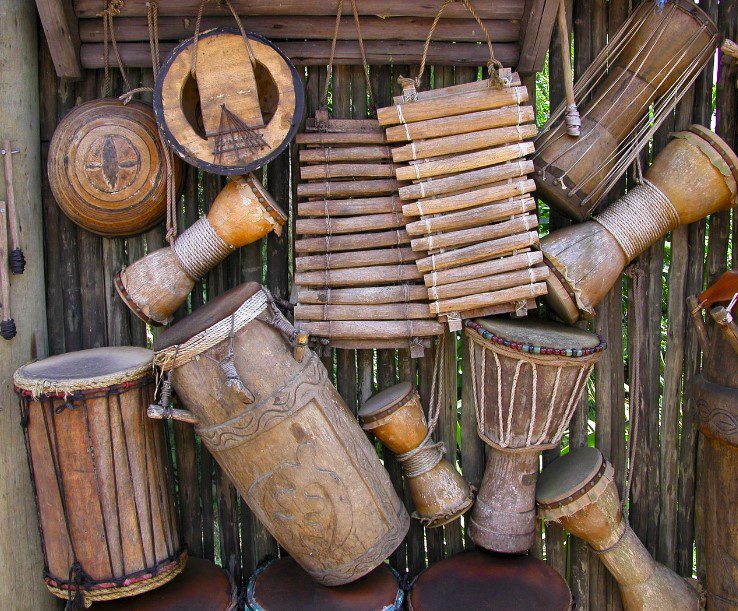
Multicultural parenting refers to the process of raising children in homes where multiple cultures intersect. At its core, it involves navigating the challenges and opportunities that arise from blending different cultural influences within the family dynamics.
This type of parenting requires parents to actively engage with and understand the cultural backgrounds of both themselves and their children, as well as the broader multicultural society in which they reside.
This delightful journey, though not without its trials, bestows a wealth of rewards that enrich everyone’s life.
Here are some Beautiful Facts About Multicultural Parenting:
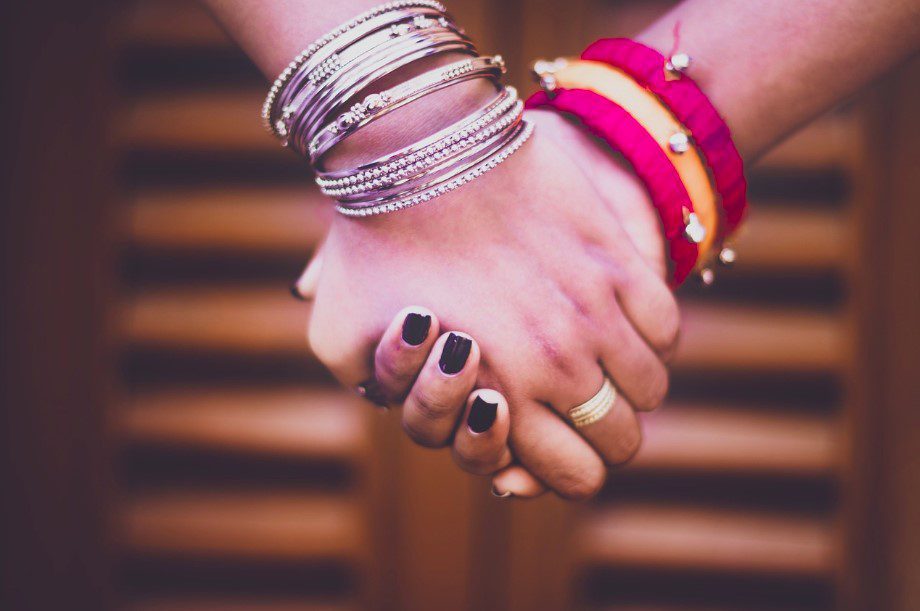
Multicultural parenting requires that parents delicately balance and navigate traditions, customs, languages, and values from different backgrounds. This is necessary in order to ensure their children grow up with a deep appreciation for each culture.
Here is how:
1. Promotes Cultural Identity
One of the key goals of multicultural parenting is to help children develop a strong sense of cultural identity. Parents can achieve this by actively involving children in cultural activities, such as music, dance, cuisine, and storytelling.
Multicultural parents may engage in activities such as celebrating cultural festivals, teaching native languages, sharing stories and traditions, and connecting with extended family members who embody the cultural heritage.
For instance, teaching a child about their Chinese heritage may involve participating in Lunar New Year celebrations, learning Mandarin, or exploring traditional Chinese art forms.
This active engagement fosters a deep connection with their roots and nurtures a strong sense of pride in their heritage.
2. Language Acquisition and Multilingualism
Multicultural parenting often involves exposing children to multiple languages, or encouraging the learning of additional languages. This can open doors to enhanced communication skills and cognitive development.
Bilingual or multilingual children gain a broader perspective and increased adaptability, enabling them to effortlessly navigate diverse environments.
For example, a child growing up in a household where English and Spanish are spoken may seamlessly switch between the two languages, embracing the richness of both cultures.
Parents may speak different languages at home or provide opportunities for language learning through classes, tutors, or immersion programs.
Bilingualism or multilingualism not only enhances communication skills but also facilitates cultural connections and a deeper understanding of different cultures.
3. Value Education
Multicultural parenting has a significant impact on a child’s education, as parents navigate the challenges and opportunities that arise from blending different cultural backgrounds.
Multicultural parents prioritize teaching their children the values of inclusivity, respect, and acceptance. They promote an open-minded mindset and encourage their children to appreciate and embrace cultural differences.
Through discussions, storytelling, and modeling behavior, parents help children develop empathy, cultural sensitivity, and the ability to navigate diverse social contexts.
Additional educational benefits:
- Bilingual or multilingual education can enhance a child’s cognitive abilities, communication skills, and cultural understanding.
- Multicultural parents have the opportunity to instill a strong sense of cultural awareness and appreciation in their children.
- Parents can actively teach their children about the values, traditions, and histories of both cultures, encouraging a sense of pride and understanding. It is essential to foster critical thinking and help children navigate potential conflicts between cultural values.
- Multicultural parenting provides an opportunity for children to develop strong intercultural communication skills. They learn to navigate different communication styles, nonverbal cues, and societal norms from their parents’ respective cultures.
- Multicultural parents often find themselves bridging the gap between their home culture and the dominant culture in the educational setting.
- Parents can educate their children about different cultures, challenge stereotypes, and promote a sense of pride in their heritage. They can also collaborate with schools to create inclusive and culturally sensitive environments.
4. Embracing Diversity and Global Awareness
Multicultural parenting and cultural diversity go hand in hand, as parents from different cultural backgrounds raise their children in an environment that celebrates and embraces diversity
Raising children in multicultural environments cultivates and instills global awareness from an early age. Children learn to respect and value different perspectives, developing empathy and becoming culturally sensitive individuals.
This exposure can be achieved through interactions with diverse communities, celebrating cultural festivals, or exploring different cuisines.
Multicultural parenting encourages the blending of cultural traditions, resulting in a unique fusion of customs and practices. Parents may combine holidays, celebrations, and rituals from their respective cultures, creating new and meaningful traditions that reflect the diversity of their family.
By fostering an inclusive mindset, children are better equipped to thrive in an increasingly interconnected world.
5. Balancing Traditions
Multicultural parents face the challenge of harmonizing traditions and customs from different cultures within the family. This involves finding a balance that respects and honors each cultural background while creating a cohesive family identity.
For example, parents may integrate holidays, rituals, and celebrations from multiple cultures, allowing children to experience and appreciate the richness of their diverse heritage.
6. Cultural & Social Adaptability
Multicultural parenting nurtures children’s adaptability to different cultural environments. Children growing up in multicultural families develop skills to navigate between different cultural norms, languages, and social expectations.
Multicultural families often have a heightened awareness of social issues related to cultural diversity. Parents instill in their children a sense of social responsibility, advocating for inclusivity, equality, and respect for all cultures. This helps children develop empathy and become advocates for cultural diversity in their communities.
They learn to be comfortable in diverse settings, readily adapt to new situations, and appreciate the benefits of cultural diversity.
For example, a multicultural family might celebrate both Christmas and Diwali, creating a harmonious blend of Western and Indian customs.
7. Enhanced Cognitive Flexibility
Multicultural parenting promotes cognitive flexibility, as children navigate between different cultural norms and practices. This adaptability strengthens their problem-solving skills, creativity, and critical thinking abilities.
For instance, a child who is exposed to diverse cultural perspectives may develop a heightened ability to approach challenges from various angles, resulting in a well-rounded mindset that embraces innovation and embraces change.
8. Global Citizenship
Multicultural parenting fosters a sense of global citizenship and prepares children to engage with the world beyond their immediate cultural surroundings. It encourages an understanding of global issues, respect for different perspectives, and the desire to contribute positively to society on a global scale.
It creates an environment where children grow up appreciating their own cultural heritage while celebrating and respecting the cultural richness of others.
In essence, multicultural parenting entails embracing diversity, fostering cultural identity, promoting cultural learning, and equipping children with the skills and values needed to thrive in an interconnected world.
The Challenges of Balancing Multiple Cultures:
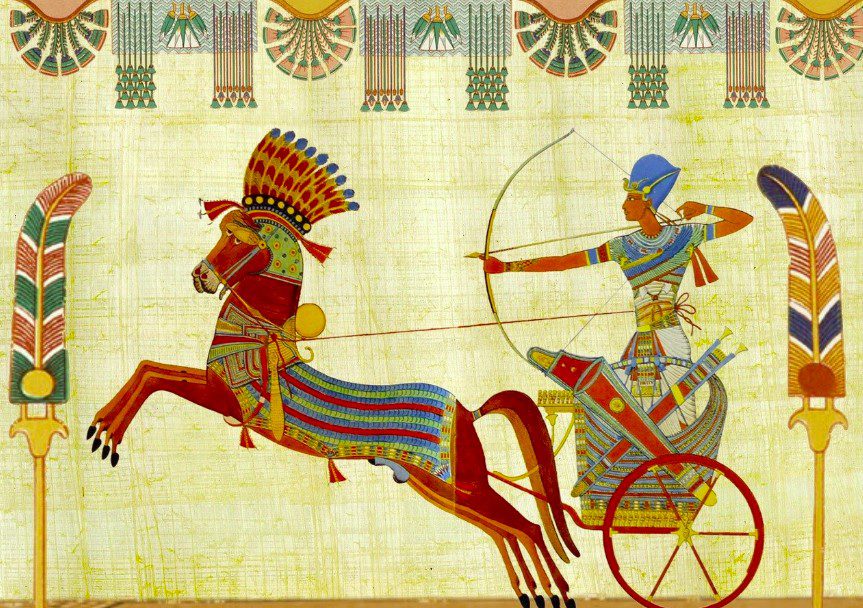
1. Communication and Language Barrier
When parents come from different cultural backgrounds, they may face difficulties in effectively communicating with each other and their children due to language differences.
Parent A may speak English as their primary language, while Parent B may speak Mandarin. This can create challenges in finding common ground for communication and understanding.
2. Conflicting Cultural Values and Beliefs
Parents may have different cultural values, traditions, and beliefs that they want to pass on to their children.
Parent A may come from a culture that values independence and individuality, while Parent B may come from a culture that emphasizes collectivism and interdependence. Balancing these contrasting values can be a challenge.
3. Identity Formation and Cultural Integration
Children in multicultural families often struggle with their cultural identity and may face pressure to conform to a single identity.
A child with a Chinese and Mexican heritage may feel torn between the two cultures and have difficulty navigating their dual cultural identity.
4. Extended Family Dynamics and Expectations
Extended family members may have different expectations and cultural practices, which can create conflicts within the multicultural family.
Parent A’s family may expect the child to participate in certain religious traditions, while Parent B’s family may have different expectations. Managing these differing expectations can be challenging.
5. Education and Upbringing Choices
Multicultural parents must make decisions about language education, religious or spiritual practices, and exposure to different cultural traditions.
Parents may need to decide whether to raise their child bilingual or choose one dominant language for communication at home.
6. Prejudice and Discrimination
Multicultural families may face prejudice or discrimination from others based on their diverse backgrounds.
Children in multicultural families may experience bullying or stereotypes from their peers due to their mixed heritage. Parents must address these issues and support their children emotionally.
It’s important to note that while these challenges exist, multicultural parenting actually presents unique opportunities for children to develop a diverse perspective, cultural sensitivity, and adaptability.
By navigating these challenges with open communication, understanding, and respect, parents can create an inclusive and enriching environment for their children.
The Last Word:
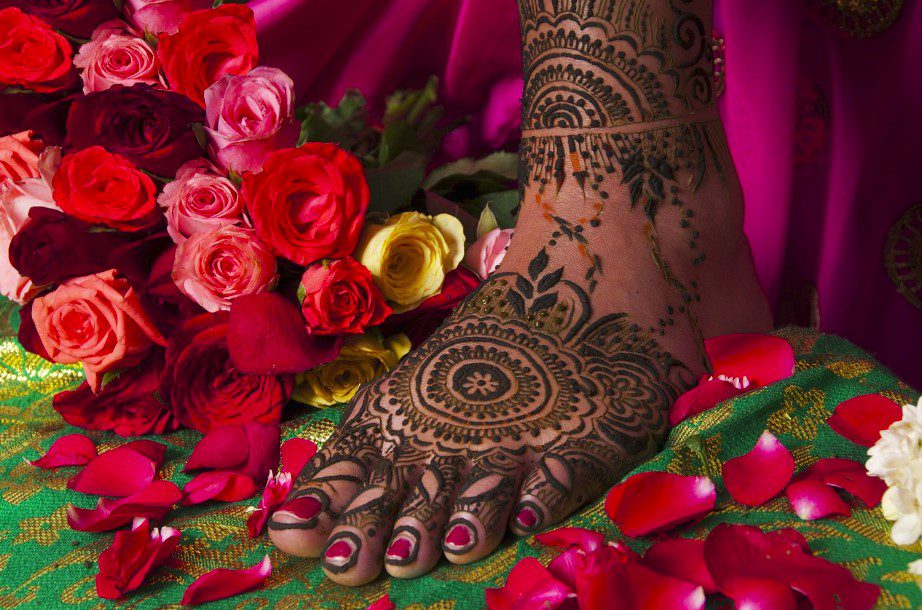
Multicultural parenting presents an intricate tapestry of challenges and benefits. Nurturing children in multicultural environments involves balancing multiple cultures, fostering cultural identity, promoting language acquisition, embracing diversity, and developing cognitive flexibility.
By actively engaging with these challenges, parents create an environment where children thrive as open-minded, empathetic, and culturally enriched individuals.
As the world continues to evolve into a global village, multicultural parenting plays a pivotal role in shaping a future generation that cherishes diversity and embraces the beauty of cultural differences.
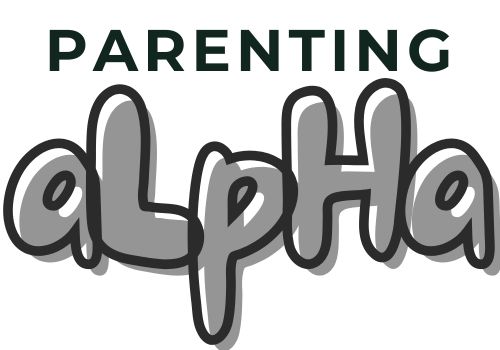
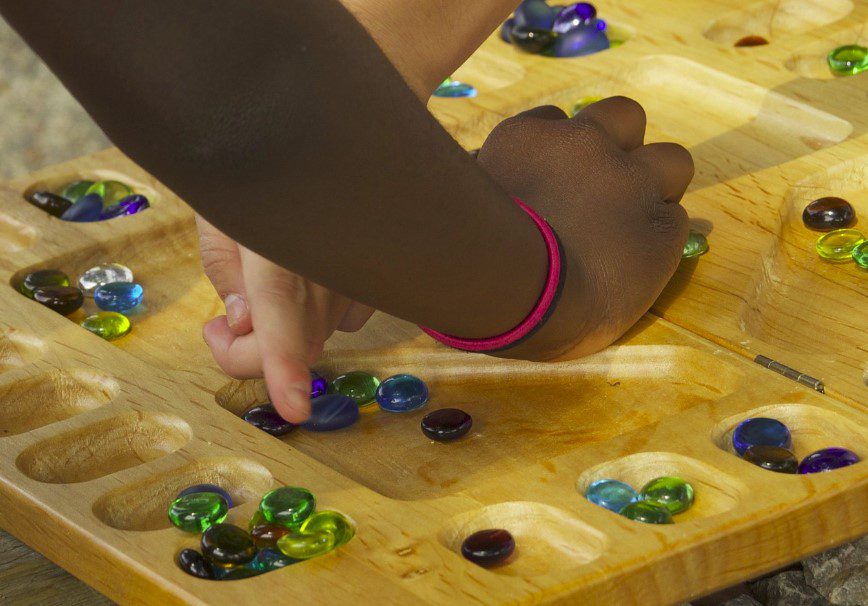



Leave a Reply